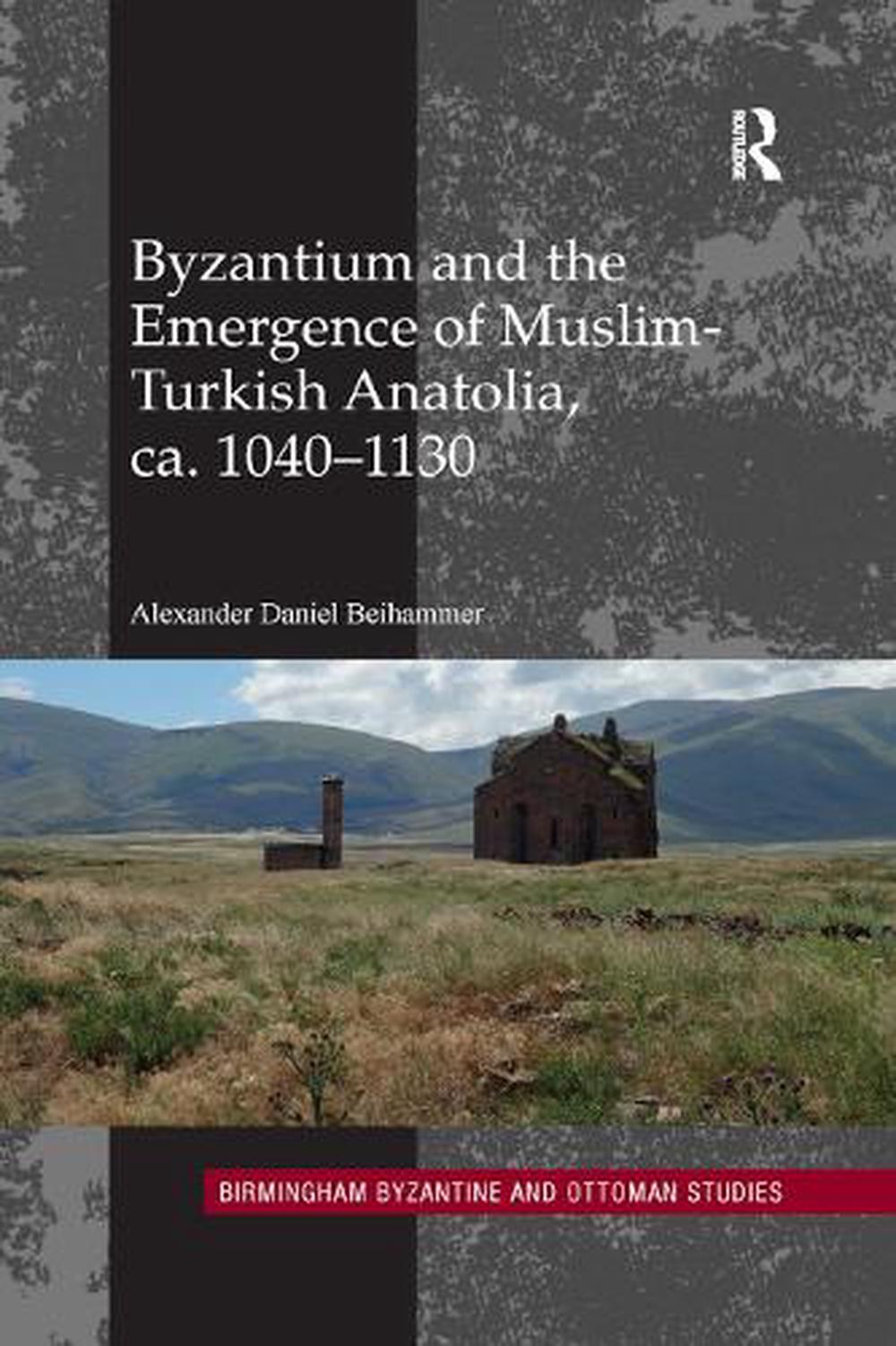
Byzantium and the Emergence of Muslim-Turkish Anatolia, ca. 1040-1130
by Alexander Daniel Beihammer
This book proposes a new interpretation of the transformation from Byzantine to Muslim-Turkish Anatolia. With the waning influence of Constantinople and Cairo, in Anatolia and the Muslim heartlands, local elites and regional powers came to the fore as holders of political authority and rivals in endless power struggles. Turkish warrior groups qu
Paperback
Brand New
Publisher Description
The arrival of the Seljuk Turks in Anatolia forms an indispensable part of modern Turkish discourse on national identity, but Western scholars, by contrast, have rarely included the Anatolian Turks in their discussions about the formation of European nations or the transformation of the Near East. The Turkish penetration of Byzantine Asia Minor is primarily conceived of as a conflict between empires, sedentary and nomadic groups, or religious and ethnic entities. This book proposes a new narrative, which begins with the waning influence of Constantinople and Cairo over large parts of Anatolia and the Byzantine-Muslim borderlands, as well as the failure of the nascent Seljuk sultanate to supplant them as a leading supra-regional force. In both Byzantine Anatolia and regions of the Muslim heartlands, local elites and regional powers came to the fore as holders of political authority and rivals in incessant power struggles. Turkish warrior groups quickly assumed a leading role in this process, not because of their raids and conquests, but because of their intrusion into pre-existing social networks. They exploited administrative tools and local resources and thus gained the acceptance of local rulers and their subjects. Nuclei of lordships came into being, which could evolve into larger territorial units. There was no Byzantine decline nor Turkish triumph but, rather, the driving force of change was the successful interaction between these two spheres.
Author Biography
Alexander Daniel Beihammer received his PhD from the University of Vienna and is a member of the Institut für Österreichische Geschichtsforschung. From 2001 to 2015 he taught at the University of Cyprus and is currently Associate Professor of Byzantine History at the University of Notre Dame. He has published widely on Byzantine official documents, diplomacy, and cross-cultural communication between Byzantium and the Muslim world, as well as on Byzantine-Latin contacts and mutual perception in the crusader states and the Eastern Mediterranean.
Table of Contents
List of Maps AcknowledgmentsIntroduction: Conquests, Modern Nations, and Lost FatherlandsSources, Images, PerceptionsPart I First EncounterS in Byzantium's Eastern Marches, ca. 1040-10711. The Eastern Provinces, Turkish Migrations, and the Seljuk Imperial Project2. Byzantine-Seljuk Diplomacy and the First Turkish Footholds3. Emperor Romanos IV and Sultan Alp Arsln, 1068-1071Part II Decay of Imperial Authority and Regionalization of Power, 1071-10964. Sulaymn b. Qutlumush and the First Turkish Lordships in Syria5. Revolts and Byzantine-Turkish Coalitions in Asia Minor, 1071-1081 6. Seljuk Rule between Centralization and Disintegration, 1086-10987. Turkish and Byzantine-Armenian Lordships in Asia MinorPart III The Crusades and the Crystallization of Muslim Anatolia, 1096-ca.11308. Seljuk Reactions to the First Crusade9. New Contact and Conflict ZonesConclusionsBibliographyIndex
Details

